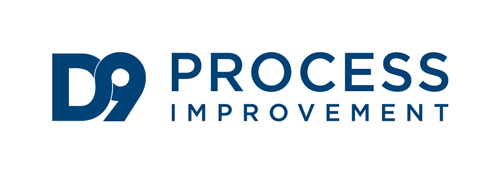Description:
Learn how to run a Lean Six Sigma project using the Define, Measure, Analyse, Improve, and Control (DMAIC) roadmap, and learn the individual Lean Six Sigma tools in detail
When:
7-day classroom training. Dates to be confirmed
Email to register your interest in the class
Where:
Venue to be confirmed
Certification:
To become a certified Green Belt each student will need to complete these three steps;
- Attend the training
- Complete an online exam (80% pass rate)
- Complete a Lean Six Sigma project
Course Outline
7-day class includes:
- Module 1 – Lean Sigma Fundamentals
- Module 2 – Define and Organize a Project
- Module 3 – Team Building and Project Management
- Module 4 – Mapping Your Process – Go to Gemba
- Module 5 – Basic Stats and Graphs
- Module 6 – Measurement System Analysis
- Appendix 1 – Transforming Data
- Appendix 2 – Cpk & Sigma Levels
- Module 7 – Variance Reduction
- Module 8 – Regression
- Module 9 – Hypothesis Testing
- Module 10 – Single Piece Flow
- Module 11 – Improving Flow & Pull
- Module 12 – 5S & Visual Controls
- Module 13 – The Visual Workplace
- Module 14 – Standard Work
- Module 15 – Quick Changeover
- Module 16 – Jidoka
- Module 17 – Control Charts
- Module 18 – Kaizen Events
What to Expect
Lean Six Sigma combines the speed and simplicity of Lean with the statistical predictability of Six Sigma to create solutions for better business practices and dramatic bottom line results.
With Lean, the student will learn how to apply Single Piece Flow, Cellular Manufacturing, Kanbans, and 5S, Visual Controls, Error Proofing and Quick Change-overs to reduce cycle times and speed up production without reducing quality standards. Lean will focus on the removal of non-value added steps, thereby simplifying the process.
With Six Sigma, students learn how to make data driven decisions by using applied statistics. Over 35 tools are taught to allow students to gain process knowledge to make their processes Better, Faster, Lower Cost, and Safer. They will deploy these tools through a project using the Define, Measure, Analyse, Improve, and Control (DMAIC) roadmap. The Six Sigma tools strive to reduce process variance, measure the process, and find optimal settings in a pursuit of perfection.
Focus on using the Lean Six Sigma tools to ensure sustainable process improvements. We give students many proven support tools and document files to ensure proper Lean Six Sigma project execution and documentation. Fun classroom simulations give students a “hands on” exposure to the Lean Six Sigma tools and concepts. Often our clients will require a completed and approved project demonstrating $50,000 cost savings for the organization to then certify their people
